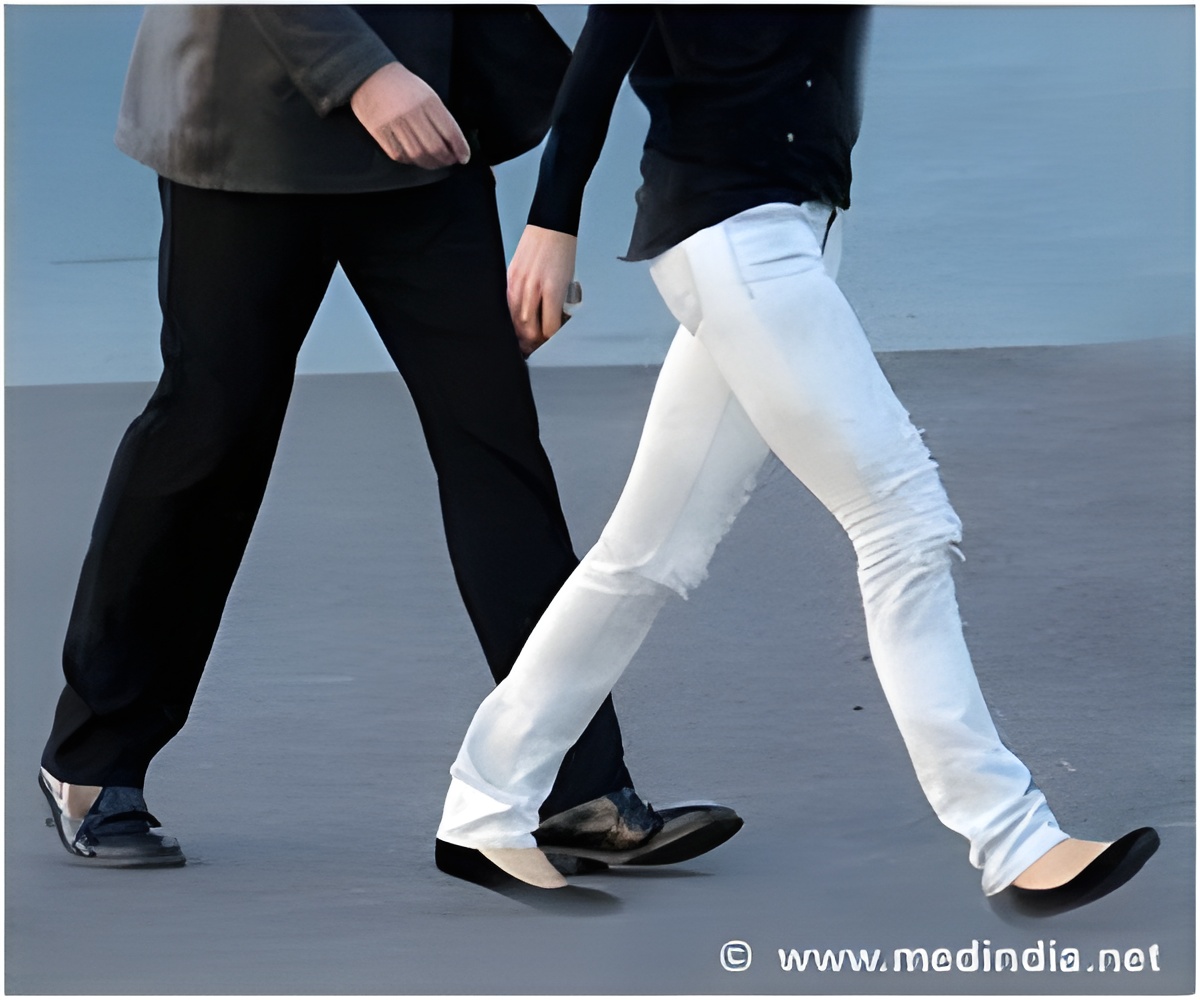Lack of physical activity is a common risk factor for death, worldwide. Hence, new research studies the urban characteristics to encourage people to choose walking instead of a mobile vehicle for travel.

TOP INSIGHT
Lack of physical activity is among the ten leading risk factors for mortality, worldwide.
Read More..
The study forms part of the PASTA (Physical Activity through Sustainable Transport Approaches) project and was performed with data from 7,875 adults from seven European cities: Antwerp (Belgium), Barcelona (Spain), London (United Kingdom), Örebro (Sweden), Rome (Italy), Vienna (Austria) and Zurich (Switzerland).
The participants answered an online questionnaire on their walking habits: how many hours a week they walked, their criteria to choose a specific transport mode, or the availability of a motorized vehicle or bicycle, among others. The researchers also used public geographic information to collect data on the built environment in which the participants live and work or study.
Mireia Gascon, ISGlobal researcher and first author of the study, stresses that "this is the first study to address not only the built environment at the residence but also that of the workplace or study place, providing a more accurate picture of the environment people are exposed to."
Walking and Public Transport
The results show that people that walk the most are those that live in areas with good public transport service and a higher density of households, services, and installations. In fact, living in this type of urban environment was associated with a 12% increase in minutes walked every week, as compared to people living in other environments. Although lower, this association was also observed with the workplace or study place.
On average, participants from Barcelona were those that walked the most (259 minutes per week), while those from Antwerp walked the least (50 minutes per week) due to the high use of bicycles in this city.
Mark Nieuwenhuijsen, study coordinator and director of the Urban Planning, Environment and Health Initiative, underlines that the results "support previous studies on the role of urban planning and transport in promoting walking, and provides new information to help achieve sustainable, healthy and liveable cities, in accordance with the Sustainable Development Goals (SDGs)".
These strategies include "improving the nearby residential (and work/study) built environment with a good public transport service and a diverse offer of facilities," he adds.
Source-Eurekalert
 MEDINDIA
MEDINDIA




 Email
Email









